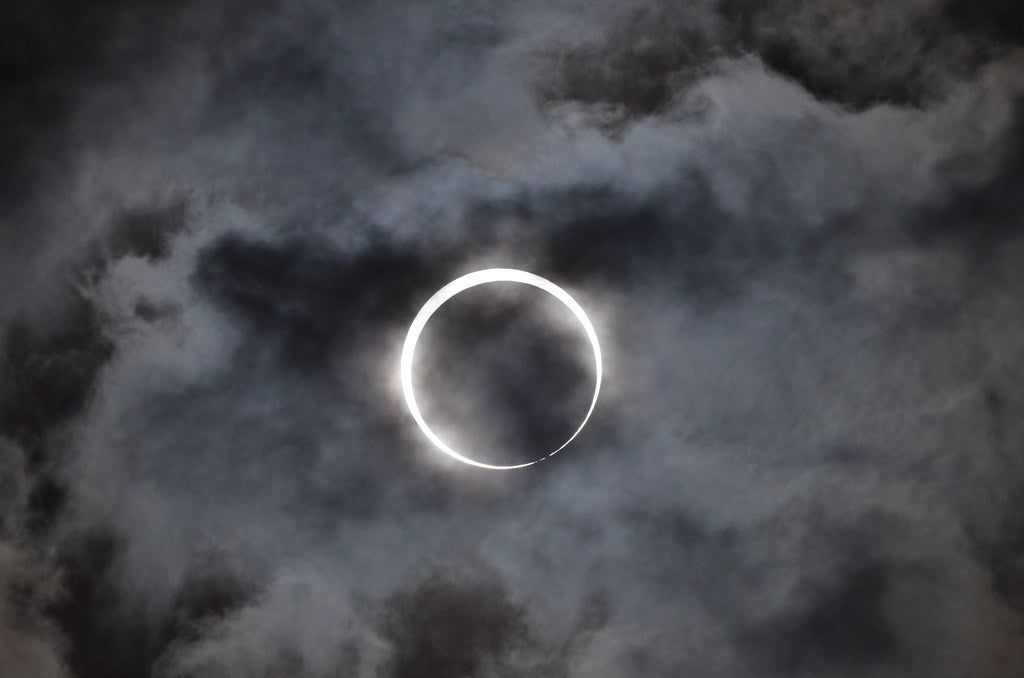
Eclipse Excitement: Anticipating Nature's Grand Spectacle
As we eagerly anticipate the upcoming celestial phenomenon of a solar eclipse on Monday April 8th, 2024, it's a perfect time to delve into the intricacies of this awe-inspiring event. A solar eclipse occurs when the moon passes between the Earth and the Sun, obscuring the sunlight and casting a shadow on Earth's surface. This alignment creates a captivating display as the moon momentarily blocks out the Sun, resulting in a breathtaking sight for observers within the path of totality. This eclipse will last differently depending on location, with totality spanning from a few seconds to over 4 minutes at optimal viewing sites. For example, in Dallas, Texas, totality will last for about 4 minutes, while in Carbondale, Illinois, it will also approach 4 minutes. Other cities like Cleveland, Ohio, and Buffalo, New York, will experience totality for slightly less than 4 minutes.
What Makes a Solar Eclipse?
A solar eclipse unfolds in several distinct stages:
-
Partial Eclipse: At the beginning of the eclipse, the moon starts to encroach upon the Sun, gradually covering a portion of its surface. This phase is known as a partial eclipse and is visible to observers located within the penumbra, the outer region of the moon's shadow.
-
Total Eclipse: As the moon continues its journey across the Sun, it eventually aligns perfectly, completely blocking out its light. This phase marks the total eclipse, a fleeting moment of darkness and celestial splendor experienced by those fortunate enough to be within the narrow path of totality.

-
Diamond Ring Effect: Just before and after totality, a dazzling effect known as the diamond ring appears, where a brilliant burst of sunlight peeks through the rugged terrain of the moon's surface, resembling a glistening jewel against the darkened sky.
-
Baily's Beads: Another captivating phenomenon witnessed during a total solar eclipse is Baily's beads, named after English astronomer Francis Baily. These are caused by sunlight shining through the rugged lunar landscape, creating a series of bright spots resembling gleaming beads along the lunar limb.

-
Annular Eclipse: In contrast to a total eclipse, an annular eclipse occurs when the moon is at its farthest point from Earth, appearing smaller in the sky and failing to completely cover the solar disk. This results in a ring of sunlight encircling the silhouette of the moon, forming what is often referred to as the "ring of fire."
Solar Eclipse vs. Lunar Eclipse:
While both solar and lunar eclipses involve the alignment of the Earth, moon, and Sun, they differ in fundamental ways:
-
Solar Eclipse: Occurs when the moon passes between the Earth and the Sun, casting a shadow on Earth's surface. This blocks or partially blocks the Sun's light, resulting in a temporary darkening of the sky.
-
Lunar Eclipse: Occurs when the Earth passes between the Sun and the moon, with Earth's shadow falling on the moon's surface. This causes the moon to darken or appear reddish in color, often referred to as a "blood moon."

Other Types of Eclipses:
In addition to solar and lunar eclipses, there are other rare astronomical events:
-
Annular Eclipse: As mentioned earlier, this type of solar eclipse occurs when the moon is at its farthest point from Earth, appearing smaller and resulting in a ring of sunlight around the lunar silhouette.
-
Hybrid Eclipse: A hybrid eclipse, also known as an annular-total eclipse, transitions between a total and annular eclipse along its path. This occurs due to variations in Earth's curvature, causing observers in different locations to experience different phases of the eclipse.
Eclipse Sightings in the United States:
The last total solar eclipse visible from the United States occurred on August 21, 2017, captivating millions of spectators from coast to coast. Dubbed the "Great American Eclipse," it traversed a path from Oregon to South Carolina, offering a rare opportunity for sky gazers to witness the splendor of totality. Totality lasted approximately 2 minutes and 40 seconds at its peak. It was the first total solar eclipse to span from coast to coast across the U.S. since 1918.

The Next Total Solar Eclipse:
While it’s true that the next Solar Eclipse will occur just six months later, on October 2, 2024, this event will not be so easy for people to view. Its path will span over much of the Pacific Ocean and a small portion of land near the southern tips of Argentina and Chile. This Eclipse will last a total of 7 minutes and 25 seconds.
The next total solar eclipse that will be visible from the United States is forecasted to occur on August 12, 2045.
As enthusiasts of both aviation and celestial wonders, we couldn't be more thrilled to witness this rare alignment of the sun, moon, and Earth. As we eagerly anticipate the arrival of April 8th, 2024, let's remember to look up, both figuratively and literally, and marvel at the majesty of the solar eclipse—a cosmic reminder of the beauty and complexity of our world.
